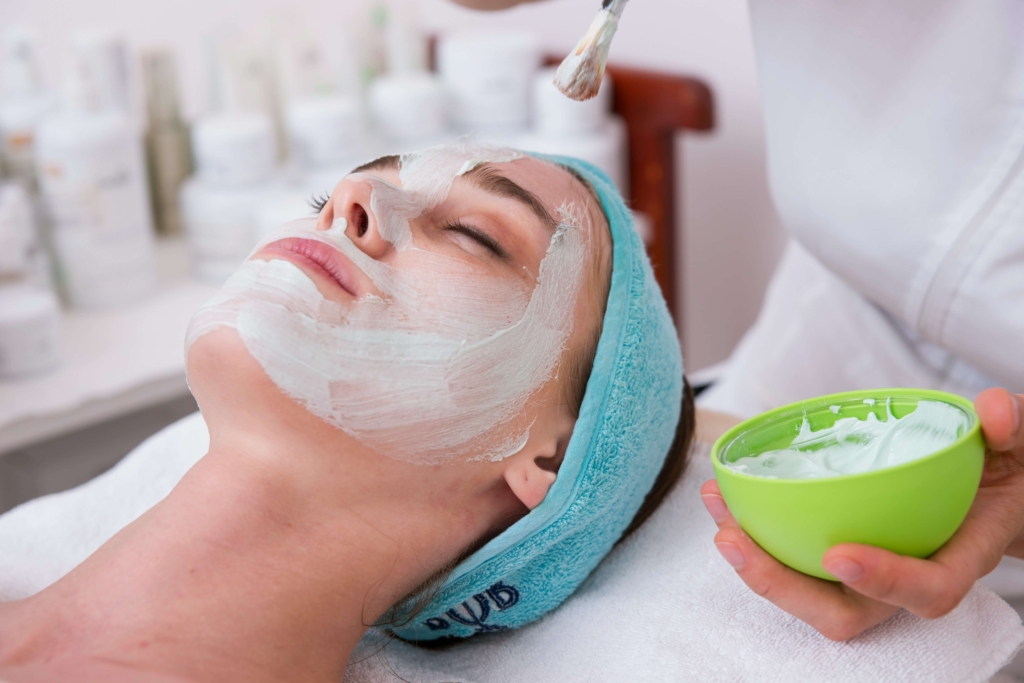Key Takeaways
When it comes to skincare antioxidants, Vitamin C and Ferulic Acid are two of the most talked-about ingredients. Both protect the skin from free radicals and environmental damage, but they work in different ways. While Vitamin C is praised for its brightening and collagen-boosting effects, Ferulic Acid is valued for its stability, soothing properties, and ability to enhance the power of other antioxidants. Understanding their differences can help you choose the best option for healthy, glowing skin.
- Vitamin C is a well-researched antioxidant that brightens skin, stimulates collagen, and reduces fine lines, but it can be unstable and irritating.
- Ferulic Acid is a plant-based antioxidant that protects against free radicals, boosts UV defense, and helps stabilize vitamin C for better effectiveness.
- Main Difference: Vitamin C is more powerful for anti-aging and brightening, while Ferulic Acid offers stability, gentleness, and enhanced protection.
- Best Choice: Most people see optimal results when combining Vitamin C with Ferulic Acid in the same serum.
- Skincare Tip: Apply in the morning before sunscreen for maximum antioxidant protection and visible skin benefits.
Vitamin C in Skincare
Vitamin C is widely regarded as one of the most well-researched antioxidants in dermatology and cosmetic science. Numerous clinical studies have demonstrated its ability to improve overall skin health by targeting several key concerns at once. First, Vitamin C is highly effective at brightening uneven skin tone and reducing hyperpigmentation. It does this by interfering with melanin production, which helps diminish dark spots and gives the skin a more radiant appearance
Beyond its brightening effect, Vitamin C plays a critical role in collagen synthesis. Collagen is the protein responsible for keeping skin firm and youthful, but natural production slows with age. By stimulating collagen, Vitamin C helps reduce the appearance of fine lines and wrinkles, making it a staple ingredient in many anti-aging formulations
However, despite its proven benefits, Vitamin C is also known for its instability. The pure form, L-ascorbic acid, oxidizes quickly when exposed to light, air, or heat, which causes the product to lose effectiveness over time. This is why dermatologists often recommend serums packaged in dark, airtight bottles to preserve potency. Moreover, high concentrations of Vitamin C (typically above 15–20%) may trigger skin irritation, such as redness or tingling, especially in individuals with sensitive skin or a compromised skin barrier
Ferulic Acid in Skincare

Unlike Vitamin C, which is often the focus of consumer attention, Ferulic Acid is a lesser-known but equally valuable antioxidant. Derived from plants such as rice bran, oats, and apples, Ferulic Acid plays a different yet complementary role in skincare. Its primary strength lies in its ability to neutralize free radicals, the unstable molecules that contribute to premature aging, fine lines, and loss of skin elasticity.
One of Ferulic Acid’s most unique qualities is its capacity to enhance UV protection. When used underneath sunscreen, it provides an additional layer of defense, helping reduce the long-term damage caused by daily sun exposure. This makes it especially useful for people living in urban areas or sunny climates, where the skin is constantly exposed to environmental stressors.
Perhaps the most important benefit of Ferulic Acid is its role as a stabilizer for Vitamin C. On its own, Vitamin C is highly unstable and can degrade quickly. However, when combined with Ferulic Acid, its potency and shelf life are significantly improved. This synergy is why many dermatologists recommend serums that include both ingredients — they work better together than they do alone.
The key difference lies in their strengths: Vitamin C delivers stronger brightening and anti-aging results, while Ferulic Acid is valued for its stability, gentleness, and ability to boost the performance of other antioxidants.
The Key Differences Between Vitamin C and Ferulic Acid
Although both Vitamin C and Ferulic Acid belong to the antioxidant family, their strengths and roles in skincare are quite different.
Vitamin C is best known for its brightening and anti-aging properties. It helps fade hyperpigmentation, even out skin tone, and stimulate collagen, which makes the skin appear firmer and more youthful. For people struggling with dullness or early signs of aging, Vitamin C serums are often considered the first choice.
Ferulic Acid, on the other hand, brings a different set of strengths. It is highly stable, meaning it does not degrade as easily when exposed to light or air. This stability makes it particularly valuable in formulations where Vitamin C alone would quickly lose potency. Ferulic Acid is also gentler on sensitive skin, which makes it more universally tolerated. But its most important role is as a booster — it doesn’t just protect skin on its own, it enhances the performance of other antioxidants like Vitamin C and Vitamin E.
In practical terms, this means that:
- If your main skincare goal is to brighten dark spots and boost collagen, Vitamin C will deliver faster, more visible results.
- If you’re looking for long-term stability, gentle protection, and enhanced antioxidant power, Ferulic Acid is the better choice.
- And for those who want maximum benefits, a serum that combines both Vitamin C and Ferulic Acid is ideal — they work better together than they do separately.
Why Vitamin C and Ferulic Acid Work Best Together

While Vitamin C and Ferulic Acid each bring unique benefits to skincare, research shows that their true potential is unlocked when they are combined. Vitamin C alone can brighten skin and stimulate collagen, but it is notoriously unstable — often oxidizing within weeks of opening. Ferulic Acid, with its strong stabilizing properties, not only slows down this oxidation but also enhances the overall antioxidant effect of Vitamin C.
This synergy means that a well-formulated serum containing both ingredients can deliver visible radiance in the short term and long-lasting protection against skin aging in the long run. Dermatology studies have highlighted that combinations like Vitamin C + Vitamin E + Ferulic Acid can significantly improve the skin’s resilience to UV damage and reduce oxidative stress more effectively than Vitamin C alone.
In practical use, most people find that pairing the two results in:
- Brighter, more even skin tone within a few weeks.
- Stronger defense against environmental stressors, including sun exposure and pollution.
- Reduced irritation, since Ferulic Acid helps buffer the sensitivity often caused by high-strength Vitamin C.
If you want to experience this synergy, our Ferulic Acid is designed for combination use in mind. Applied under or alongside your Vitamin C serum, it not only boosts Vitamin C’s effectiveness but also ensures your skin receives continuous antioxidant protection throughout the day.
How to Use Antioxidant Serums for Maximum Protection
One of the most common questions people have about antioxidants like Vitamin C and Ferulic Acid is when and how to apply them. Dermatologists consistently recommend using antioxidant serums in the morning routine, because that’s when your skin is most exposed to environmental aggressors such as UV rays, pollution, and free radicals.
Applying an antioxidant serum as the first step after cleansing and toning allows the active ingredients to penetrate effectively. Once absorbed, these antioxidants form a kind of “invisible shield” on the skin. Vitamin C helps neutralize free radicals before they can cause damage, while Ferulic Acid strengthens the skin’s defense system and extends Vitamin C’s effectiveness throughout the day.
The final — and most important — step is to always follow with sunscreen. Antioxidants are powerful, but they cannot replace the protection that sunscreen provides against UV radiation. Instead, they work hand in hand: antioxidants neutralize free radicals, while sunscreen blocks harmful rays. Together, they offer maximum protection against premature aging and sun damage.
Both Vitamin C and Ferulic Acid have proven their value in modern skincare. Vitamin C stands out for its ability to brighten the complexion, fade dark spots, and boost collagen, while Ferulic Acid is prized for its stability, gentleness, and ability to make Vitamin C perform even better. When used together, they form a powerful duo — offering both immediate radiance and long-term protection against environmental stressors.
If you’re aiming for healthier, more resilient skin, the smartest approach is not to choose one over the other, but to let them work side by side. That’s why dermatologists often recommend pairing Vitamin C with Ferulic Acid in a single routine.
